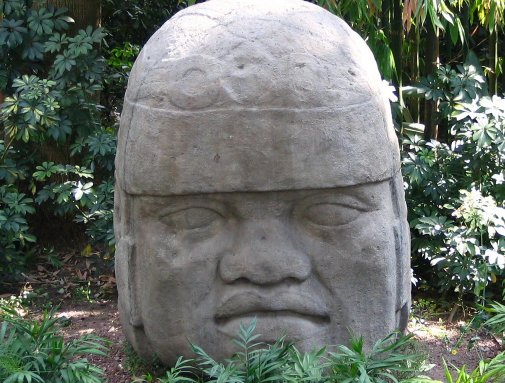Robbing Native American Cultures: Van Sertima’s Afrocentricity and the Olmecs
Abstract: In 1976, Ivan Van Sertima proposed that New World civilizations were strongly influenced by diffusion from Africa. The first and most important contact, he argued, was between Nubians and Olmecs in 700 B.C., and it was followed by other contacts from Mali in A.D. 1300. This theory has spread widely in the African-American community, both lay and scholarly, but it has never been evaluated at length by Mesoamericanists. This article shows the proposal to be devoid of any foundation. First, no genuine African artifact has ever been found in a controlled archaeological excavation in the New World. The presence of African-origin plants such as the bottle gourd (Lagenaria siceraria) or of African genes in New World cotton (Gossypium hirsutum) shows that there was contact between the Old World and the New, but this contact occurred too long ago to have involved any human agency and is irrelevant to Egyptian-Olmec contact. The colossal Olmec heads, which resemble a stereotypical “Negroid,” were carved hundreds of years before the arrival of the presumed models. Additionally, Nubians, who come from a desert environment and have long, high noses, do not resemble their supposed “portraits.” Claims for the diffusion of pyramid building and mummification are also fallacious.

